Refrigerant Regulations

Solutions for Today's Environment
As part of our promise to create a better world, discover how Hussmann’s customer-focused solutions stay ahead in an ever-changing world of energy regulations and requirements for refrigeration equipment.
Refrigerant Regulations: Compliance with DOE and EPA Standards
We continuously take steps to ensure compliance with all United States Environmental Protection Agency (EPA) and Department of Energy (DOE) rules and standards.
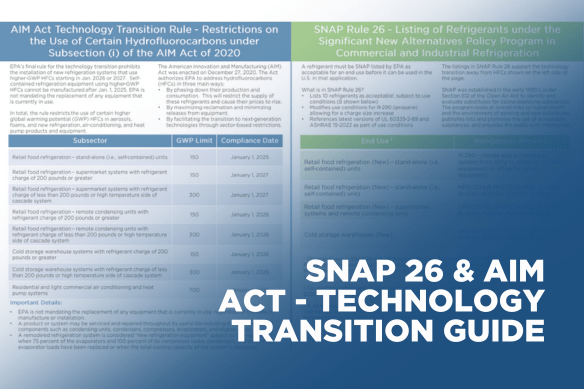
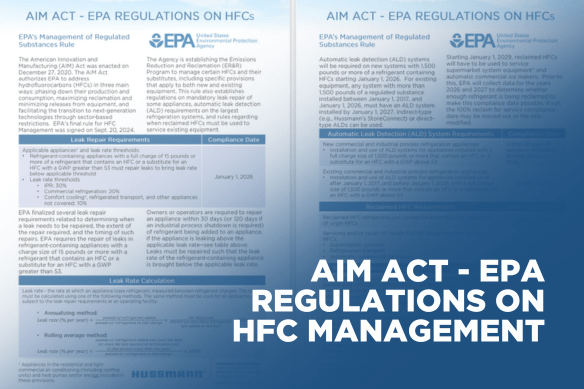
The EPA has finalized a rule under the AIM Act Technology Transitions subsection that restricts the use of certain high Global Warming Potential (GWP) Hydrofluorocarbon (HFC) refrigerants in new products and systems manufactured, imported, or installed after the compliance date for each subsector listed in the rule. The first restrictions begin January 1, 2025.
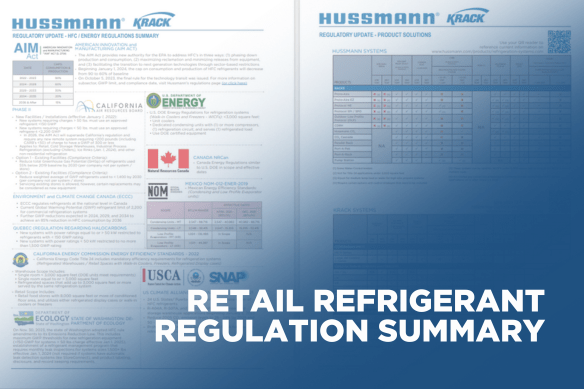
To enable this transition, on May 22, 2024, the EPA published the final Rule 26 as a part of SNAP. The SNAP Rule 26 approves several new low-GWP A2L refrigerants for commercial refrigeration applications. The rule also increases the allowable charge size for self-contained equipment using R-290 (propane).
In addition to the federal HFC refrigerant regulations from the EPA, three states have also instituted or proposed rules to regulate HFCs and equipment that uses them—California, Washington, and New York. More information on these states can be found below.
Every six years the DOE reviews the energy conservation standards which impact Hussmann products. Currently, display cases are manufactured to be compliant with the March 2017 DOE standards. Walk-in cooler/freezer components (WICF) have compliance dates of June 2017 for doors and 2020 for refrigeration. Hussmann and CRD WICF doors manufactured today are compliant with the most recent federal standards (June 2017).
Refrigerant Regulations in California, Washington, and New York
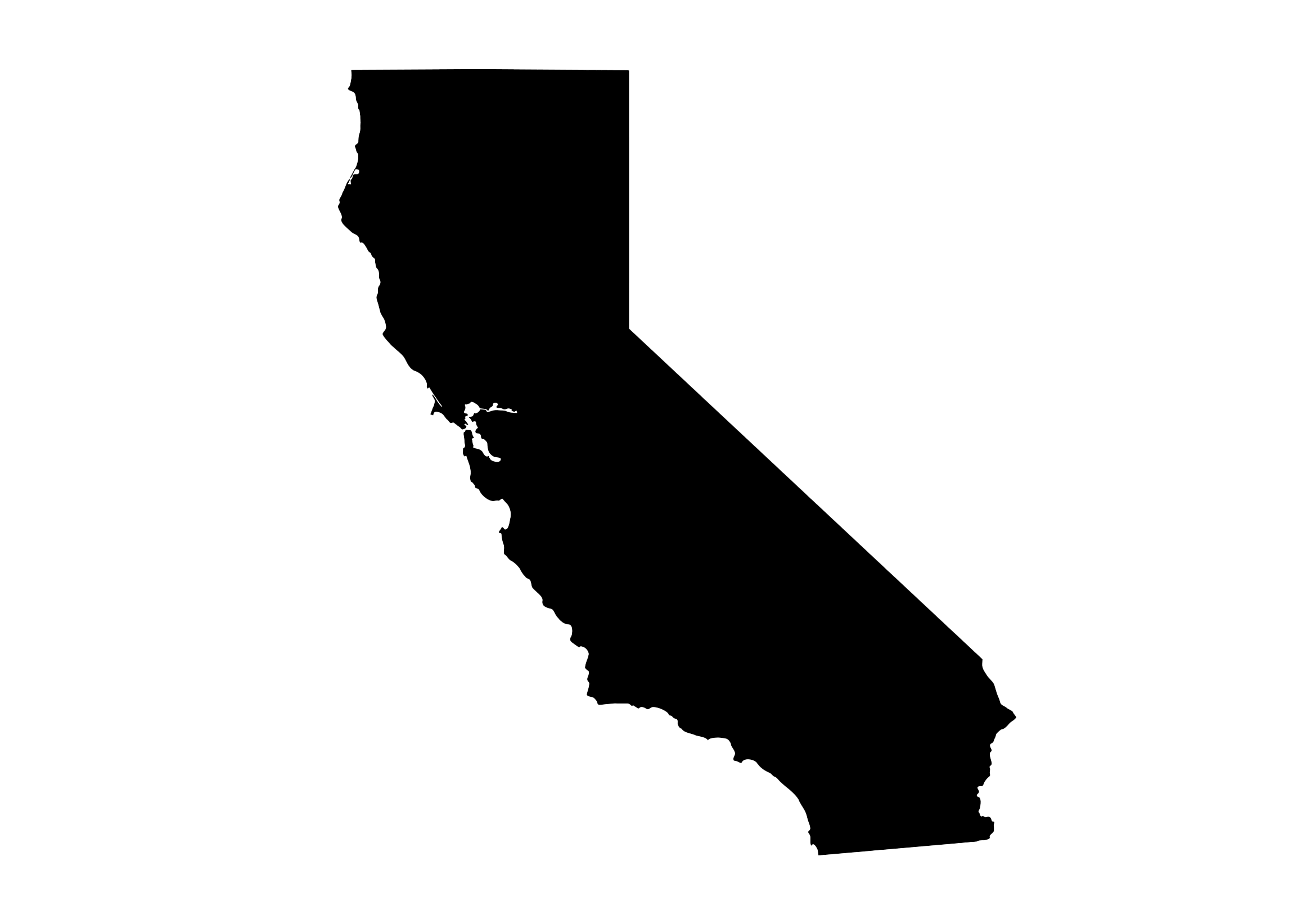
Beginning January 1, 2022, new store installations with refrigerated systems must adhere to specific guidelines. If they use refrigerants with a Global Warming Potential (GWP) between 150 and 2,200, their charge cannot exceed 50 lb. However, systems with a charge exceeding 50 pounds of refrigerant must employ refrigerants with a GWP below 150.
Regarding existing retail food stores in California, they have targets to meet by 2030. They need to either lower the average GWP of refrigerants used in their fleet to below 1,400 or cut overall Greenhouse Gas Potential (GHGP) by 55% compared to the levels in 2019.
For further details, click on the link provided: CALIFORNIA REFRIGERANT REGULATION SUMMARY

Like California, beginning January 1, 2025, new refrigeration equipment with a charge exceeding 50 pounds in Washington must employ refrigerants with a Global Warming Potential (GWP) below 150. Additionally, Washington has implemented a Refrigerant Management Program, requiring leak detection, recordkeeping, and reporting.
Unlike California, however, Washington's regulations do not require reductions in the Global Warming Potential (GWP) of refrigerants used in existing facilities.
For further details, click on the link provided: WASHINGTON STATE REFRIGERANT REGULATION SUMMARY

The state’s Department of Environmental Conservation has finalized HFC regulations under New York’s Climate Act law. The final rule covers several different aspects:
- GWP Limits in New Equipment Starting in 2025
- Refrigerant Sales Prohibitions Starting in 2025
- Existing Facilities GWP Limits for Large Retailers starting in 2035
- Refrigerant Management Including Leak Detection, Recordkeeping, and Reporting Requirements
For further details, click the link provided: NEW YORK STATE REFRIGERANT REGULATION SUMMARY

-
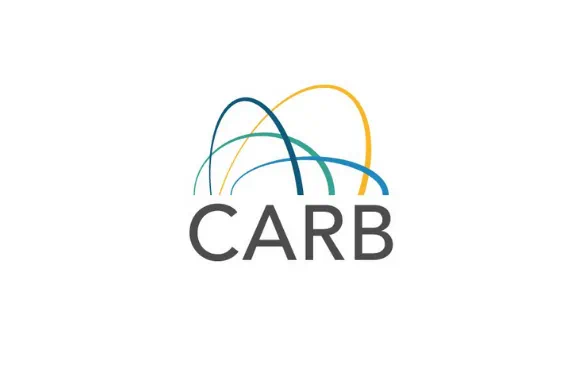
California Air Resource Board (CARB)
LEARN MORE. California Air Resource Board (CARB) -
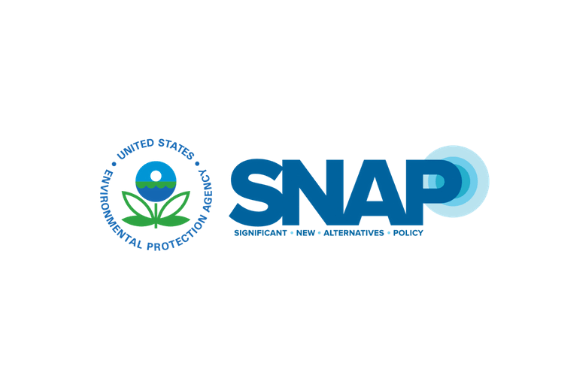
EPA Significant New Alternate Policy (SNAP)
LEARN MORE. EPA Significant New Alternate Policy (SNAP) -
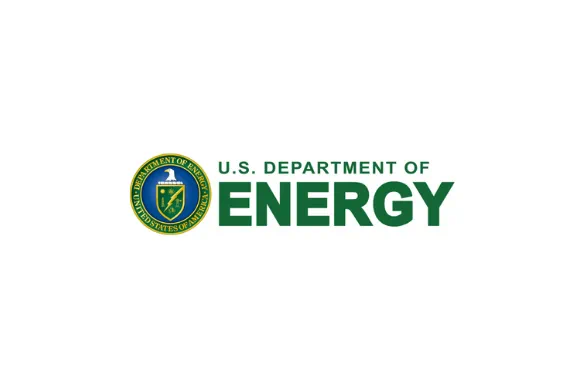
U.S. Department of Energy (DOE)
LEARN MORE. U.S. Department of Energy (DOE)
-
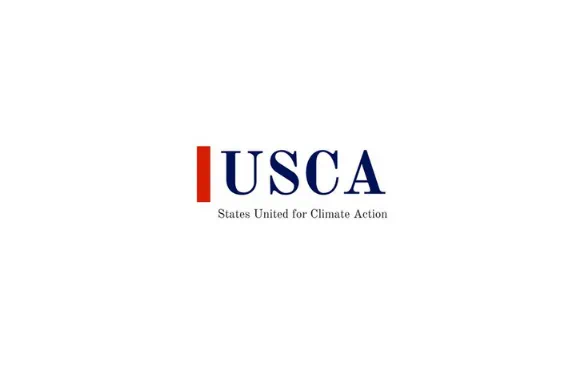
U.S. Climate Alliance
LEARN MORE. U.S. Climate Alliance -

Natural Resources of Canada (NRCan)
LEARN MORE. Natural Resources of Canada (NRCan) -
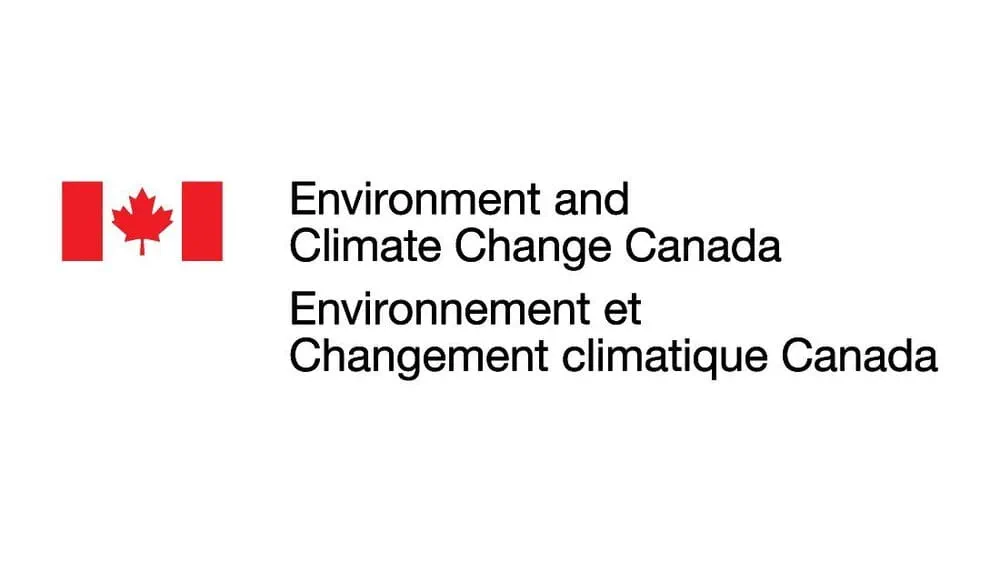
Environment and Climate Change Canada (ECCC)
LEARN MORE. Environment and Climate Change Canada (ECCC)